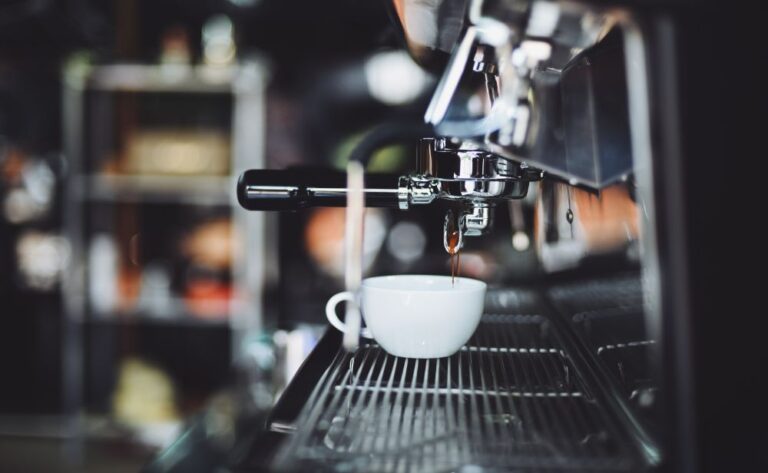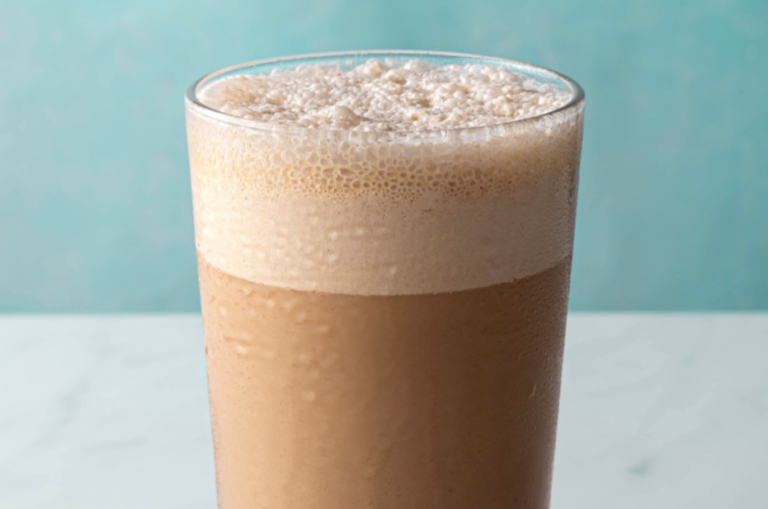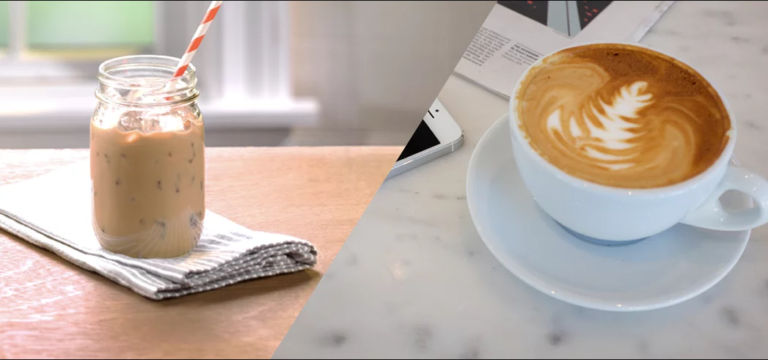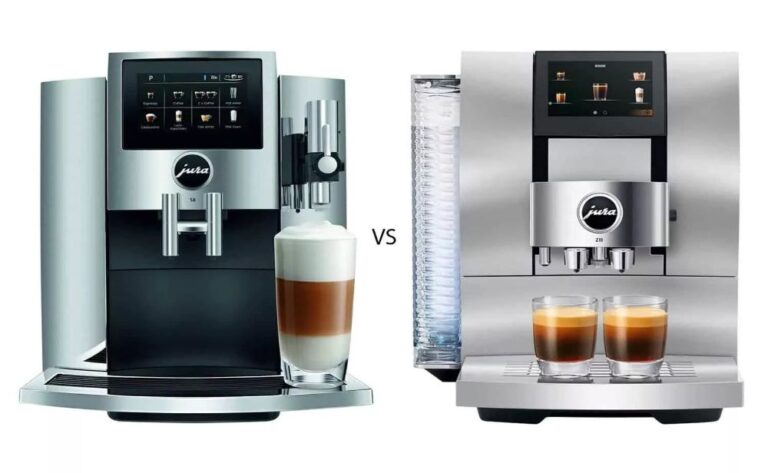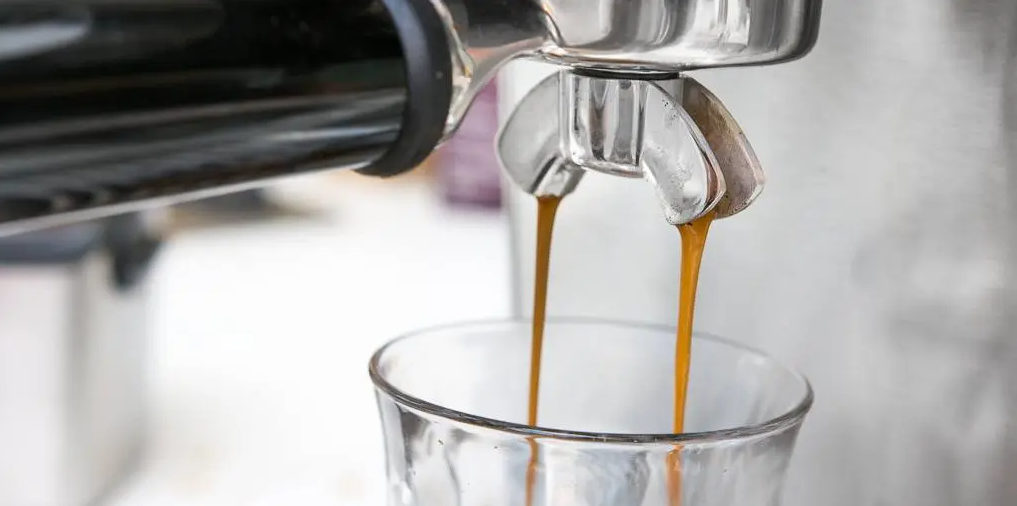
How to Make Espresso at Home
HOW TO MAKE ESPRESSO WITHOUT AN ESPRESSO MAKER
When you need an espresso but leaving your apartment just isn’t happening, how do you cope?
In truth, your mad scientist skills probably won’t invent the perfect espresso without proper equipment (or the proper coffee) ’sit’s just the way the stroopwafel crumbles.
But there are a surprising number of ways you can craft a kinda-sorta espresso shot without once touching the lever of an espresso machine.
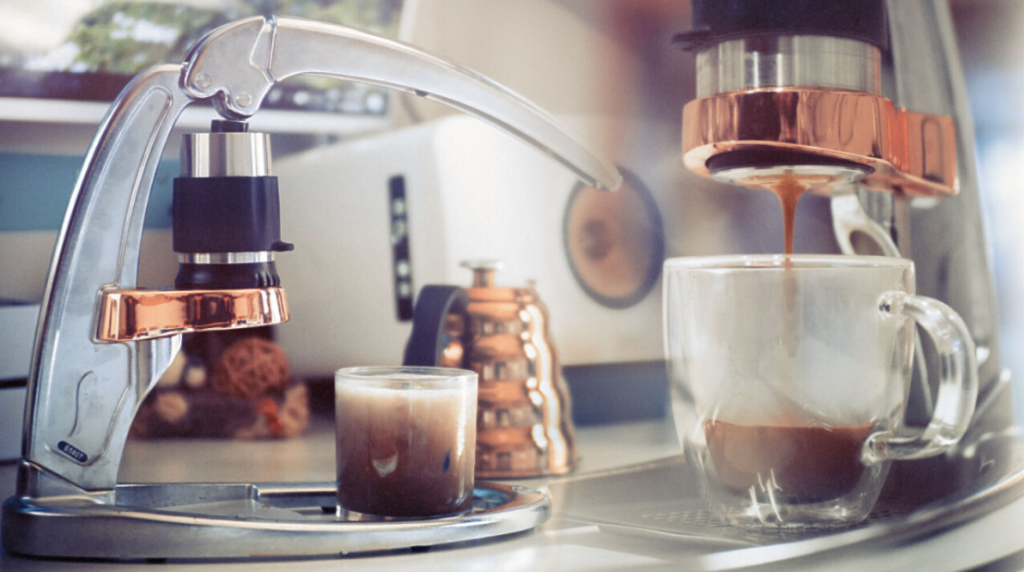
- Method # 1: The AeroPress
- Method # 2: The Moka Pot
- Method # 3: The French Press
Before you start brewing, we recommend having a few basic tools in your ‘laboratory’ to help your experiments go smoothly:
- An electric kettle with temperature control
- A conical burr grinder for a consistent, even grind
- A scale with a timer, to remove all the guesswork (remember, you’re doing science)
- High-quality coffee beans, preferably Atlas Coffee
METHOD #1: THE AEROPRESS
Unlike a regular cup of coffee, the perfect shot of espresso is all about pressure.
With the word “press” in its name, AeroPress is an ideal candidate for approximating espresso. Though the texture may differ from what you’ll get with a fancy machine, the flavor and caffeine content of an AeroPress “espresso” impressively match the machine espresso.
Step 1
Stack your aero press. Keep a filter inside the drain cap – if you can use more than one to reduce water flow when pressing. Rinse the filter lightly and place the drain cap and filter inside the press box.
Place the press on a stable cup or mug.
Step 2
Prepare about 2 tablespoons of
Step 3
Add about 3 ounces of liquid water, and heat to about 200 degrees. Stir with coffee. Then, press on the plunger – hard. Remember, espresso depends on the pressure! Move your espresso (or coffee shot) to Demetas and enjoy!
Method No. 2: Moka Pot
Ah, reliable Moka pot. Coffee utility knife. This simple dandy, tiny kettle pours like an espresso that soothes the soul and puts light pus on your feet. You will find a flavor that is definitely neither coffee nor espresso, but satisfying.
Step 1
Measure out about 2 tablespoons of coffee (or any high-quality coffee beans), or 20-22 grams. Grind your beans as finely as possible.
Step 2
Pour 3 ½ fluid ounces of water into the bottom of the pot. Pour the coffee grounds into the built-in filter, shaking to settle the grounds. Screw on the spouted top of the Moka pot tightly and place the pot on a burner set to medium heat.
Step 3
The rest of this process is a lot like listening for a tea kettle to whistle. Wait until the coffee begins to expand and foam in the upper level of the pot — the hot water will create the pressure needed to produce a concentrated coffee, as well as a bit of foam. When the top is filled with coffee, pour it into a demitasse and enjoy!
Remember that the Moka Pot is an inexact art, so it may take you a few tries before you find the perfect process!
Method 3: French Press
One of the most proprietary ingredients of coffee, the French press will definitely give you a blend that is concentrated (if properly prepared), although we recommend it only as a last resort.
The French press will get you where you want to go, but without focusing on the other two ways. Your coffee shop will also be more oily, and this method puts another step between you and your caffeine.
Step 1
Finely grind at least two tablespoons of Atlas coffee. You’ll need more coffee than you might think to add something full to the mix, as it won’t turn out foamy like a mocha pot or aero press.
Step 2
In your kettle, heat 1 cup of water below 200 degrees. In the meantime, add coffee grounds to the French press.
Step 3
Feed your coffee – that is, release your special bean flavor notes – by adding a splash of warm water. Let the ground soak for about 30 seconds.
Step 4
Pour the rest of the water on the ground. Close the lid and let the coffee cook for about 4 minutes.
Step 5
Using slow, steady pressure, press the bed halfway down. Lift it up all the way up and then sink down using the same pressure. Put in your favorite mug and enjoy!
The scientific (coffee) method
As a coffee chemist, you will want to experiment with the type of filters, such as water temperature, coffee to water ratio, grinding size, and even small things. You’ll soon find the compound that’s best for you – no special machine is needed.
Once you’ve found your perfect No-espresso-machine espresso, take a sip on your data and give yourself (or the lucky one who likes coffee in your life) the next level of coffee.
What we can all agree on: Coffee-brewing is not a quick process. Unless we’re settling for K-cups, it’s a methodical process that takes attention and occasionally some fast-acting reflexes.
Realizing this, the Europeans – Italians, specifically – invented the espresso machine at the height of the steam-powered industrial era in the second half of the 1800s – just when cafes were taking the continent by storm.
What they did, in essence, was discover that high pressure applied to water and coffee creates a quickly produced coffee-like drink called espresso. With 9 years of pressure applied per square inch (“PSI” – you’ve surely heard the acronym), totaling 130.5 PSI, you have the bite-sized cup of caffeine gloriousness so many of us are now familiar with.
That pressure is why we have espresso machines, to begin with. “It’s pretty hard to create that pressure by hand, which is why most espresso machines have pumps that build that pressure,” says Andy Pickle, TK ROASTER. “But they do now have lever machines where you manually apply the pressure, where the lever doesn’t require the full nine bars.”

Moreover, although we associate espresso with the darker Italian coffee roasts, there is no such thing as a true “espresso roast.” Remember that espresso is a brewing method, not a coffee type.
“Historically, espresso beans have been a deep roast, but it’s a misnomer,” says Pickle. “You can make espresso with any type of coffee or roast, but to cook it at the right time and with the right pressure, it must be very fine – not exactly like powder, but finer than table salt, of course. “
